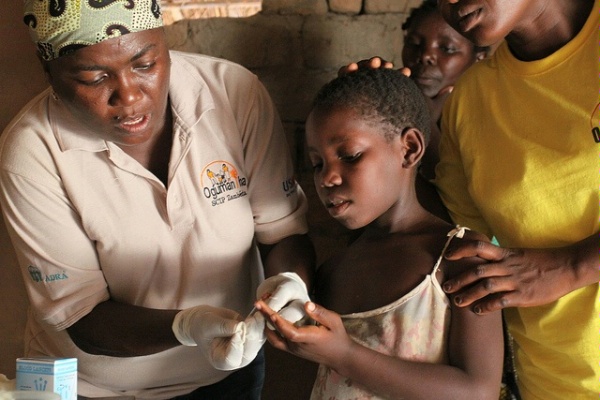
By: Andrew Peoples
What would you do if you knew you were dying? More specifically, what if you knew that your death was going to be physically and emotionally painful, and that there was virtually no hope for recovery? It is a question that few care to consider. Most people hope that this is a question they will not face until old age, and even then that their quality of life will be bearable enough until the end that they will not have to choose to die. Yet for many Americans and others around the world, the dilemma of imminent death is a reality, and preemptive, physician-assisted suicide seems a better option. With the recent headlines about Brittany Maynard, a young teacher from California who chose to end her own life rather than suffer from her terminal brain cancer, the question of Americans’ “right to die” may be entering the public’s attention in a greater way than ever before.
The “Death with Dignity” movement, a phrase coined by the activists who passed the first right-to-die law in Oregon, has been waiting a long time for Brittany Maynard. Previously, the face most often associated with physician-assisted suicide was Dr. Jack Kevorkian, a Michigan doctor who claimed to have helped more than 100 patients end their own lives. Kevorkian eventually went to jail for second-degree murder, raising awareness for his cause, but hardly gathering support. Most patients associated with the movement are elderly, and generally in no fit state to become spokespeople for the cause. Maynard provides a starkly different kind of figurehead. A young and attractive schoolteacher, Maynard was diagnosed with terminal brain cancer barely a year after getting married. In a column she wrote for CNN, 29-year-old Maynard explains that she was given six months to live and told that her the nature of her cancer would cause her still healthy body to outlast her deteriorating mind. A video on her website explains that the disease beset her with debilitating seizures, after which her mental functions were temporarily but seriously impaired. Maynard wrote that this slow but severe decay of her quality of life would be simply too painful for her and her family, and that this drove her to pursue “death with dignity.”
In her last months, Maynard became a vocal advocate for the movement that would allow her to choose to end her life. More prominent figures than Maynard have endorsed physician-assisted suicide, from paralyzed physicist Steven Hawking, who has firsthand knowledge of terminal illness, to the editors of the Economist. Yet the idea of a young woman choosing to die has proven more compelling to the American public than any previous argument. Her video explaining her decision received ten million views, and she used her CNN column to express her frustration at having to uproot what remained of her life to move to Oregon, advocating for “death with dignity” laws in other states. News coverage of her story has put physician-assisted suicide in the national media spotlight for the first time in years. The Death with Dignity center, another advocacy group, has seen a sharp increase in calls from around the country, including many from patients who want to move to Oregon.
Oregon, Vermont, and Washington are currently the only states to allow physician-assisted suicide. Two others, New Mexico and Montana, have had court rulings lay the groundwork for the practice, but have not codified it in law. The procedure involves doctors prescribing the terminally ill patient a lethal dose of barbiturates, which the patient can choose to take or not to take at his or her discretion. Patients must be at least 18 years old and have less than six months left to live. Since Oregon’s law was passed 17 years ago, 1,200 patients have obtained lethal medication, and only 750 have taken it.
Despite the scarcity of states with physician-assisted suicide laws on the books, a majority of Americans actually supports them. Gallup polls have found that seven in ten Americans support doctors who cause a painless death “if the patient and his or her family request it.” In spite of this widespread approval, ballot measures to legalize the practice generally fail, due in part to opposition from pro-life groups and from the Catholic Church. A 2012 referendum on the issue in Massachusetts failed to pass despite polls showing 60 percent support before the election. Campaign spending records reveal that 80 percent of the money spent to defeat the measure came either from the Catholic Church or individuals connected to it. The Church equates the issue with abortion and the death penalty, both of which it also opposes, and it uses its significant resources to combat right-to-die laws. With these laws pending in seven states, observers will soon see if Maynard’s publicity has given any edge to supporters of physician-assisted suicide.
Maynard took her prescription and passed away on November 2, after deciding against her original deadline of the first of the month. That even a strong advocate of “death with dignity” would choose not to initially follow through with ending her life demonstrates that no one makes this decision lightly. Terminally ill patients rarely want to die, but those who take advantage of these laws find it better to die on their own terms. Maynard’s impact long-term impact on the right-to-die movement is not yet clear, but it is clear already that with her death, she has brought to life an important debate.

